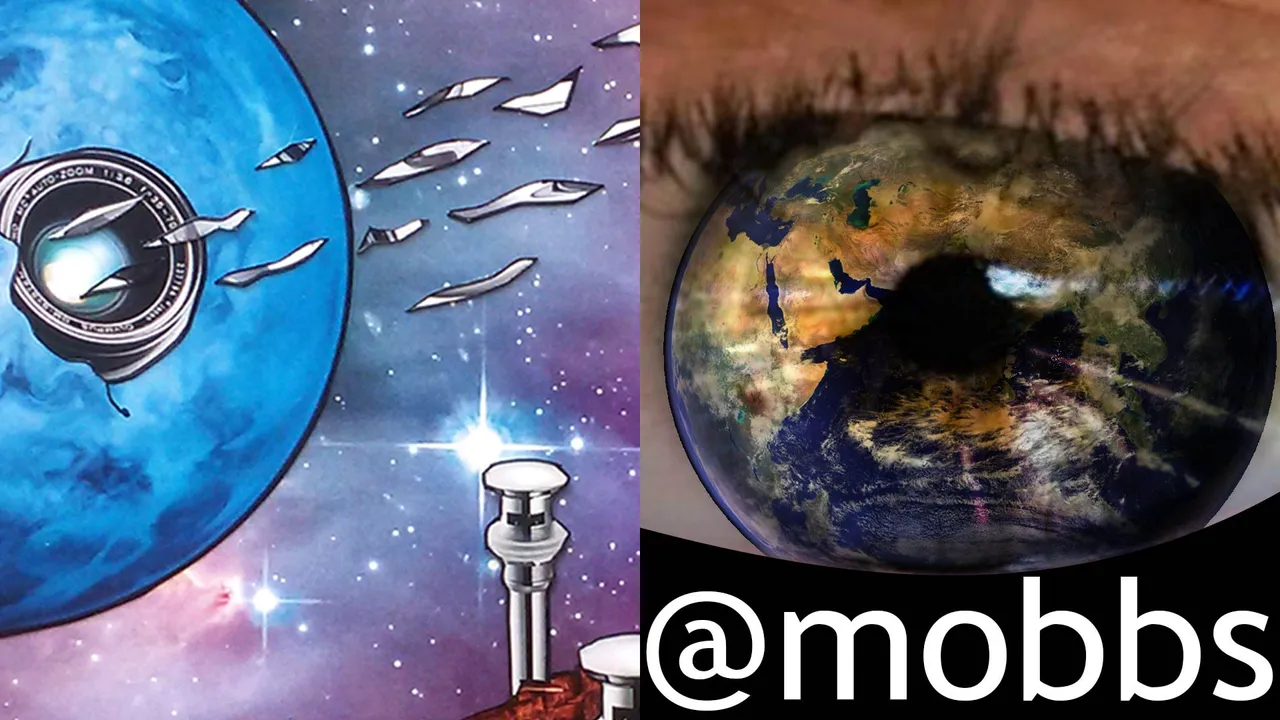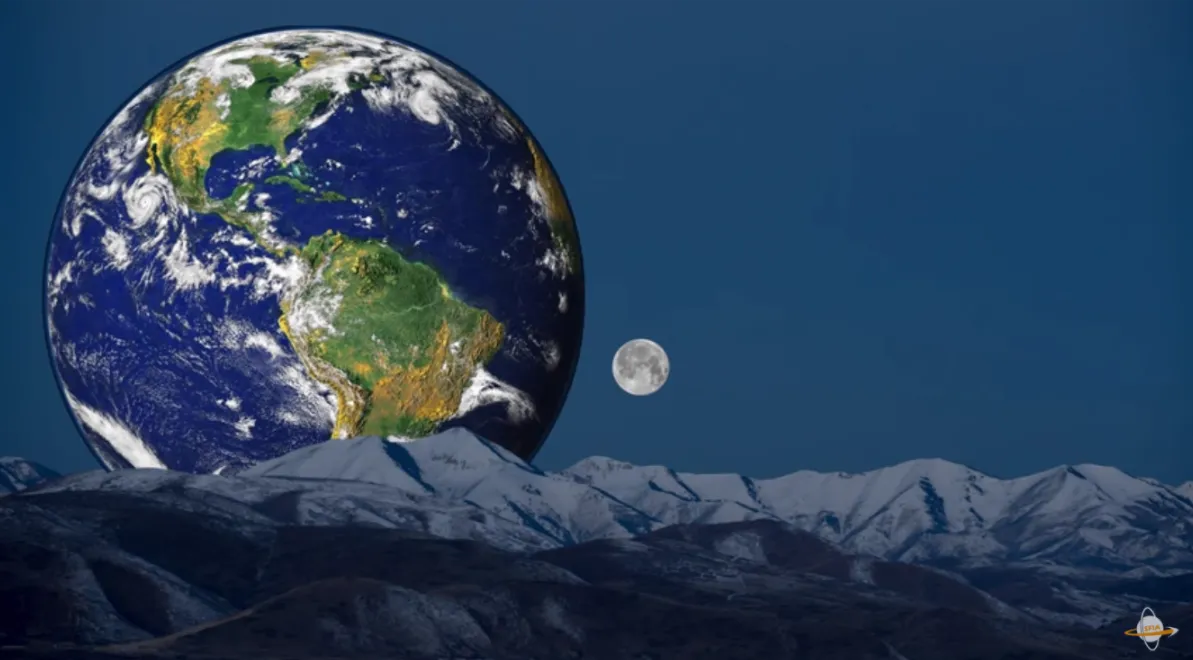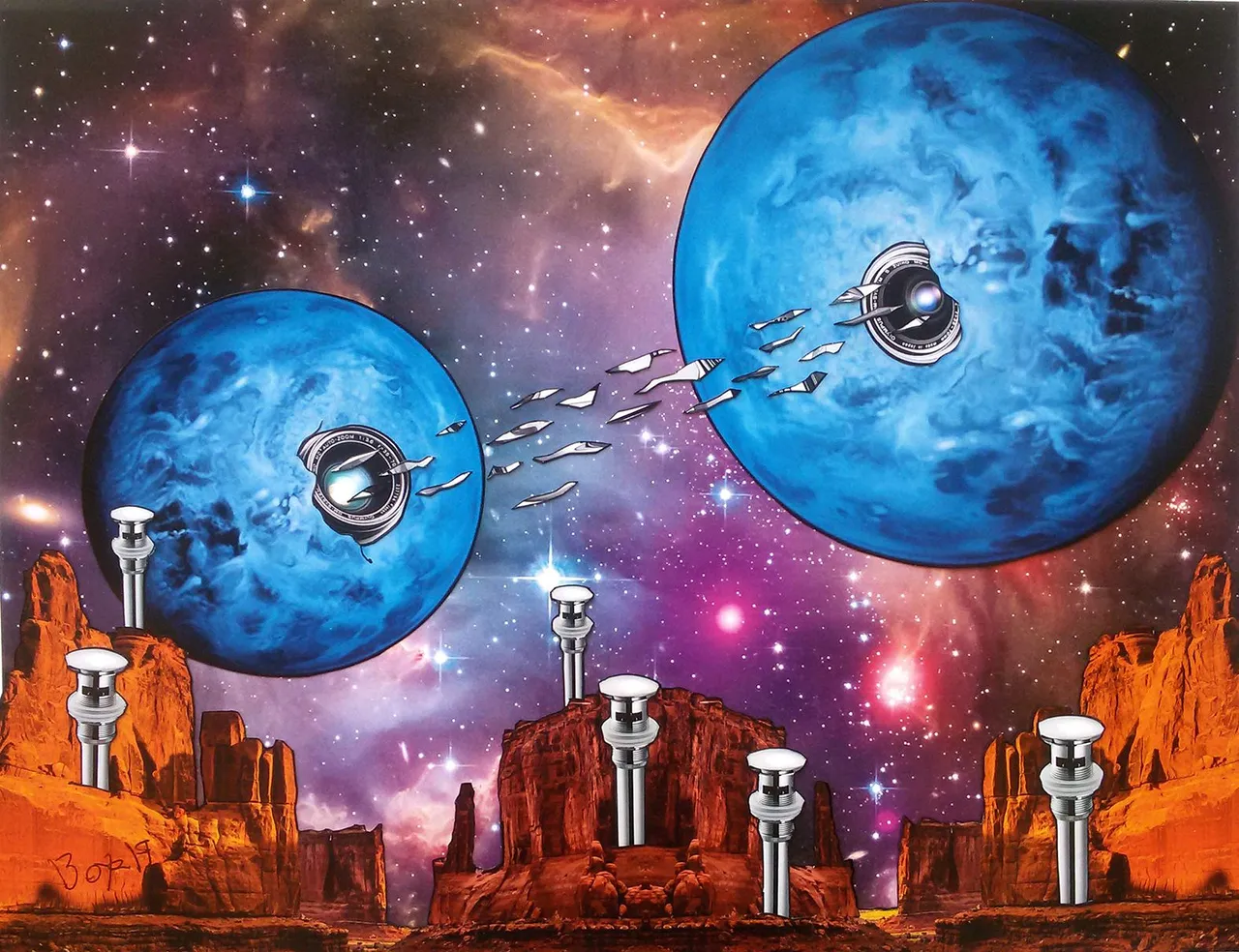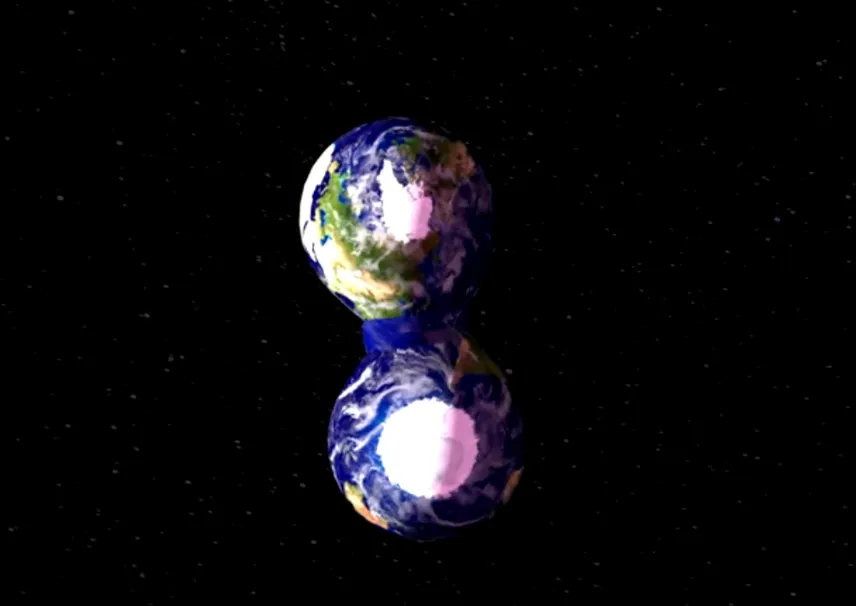
A couple of weeks ago I had a long, hard look at some of the most unexpected planetary systems that we can and do get in the Universe.
To have a read or get a quick refresher, click here, but to summarize the types I discussed:
- Rogue planets
- Double planets
- Planet stars
- Binary, Triple, Quadruple, Quintuple star systems
Honestly, Double planets excite me most of all here because life there is far from impossible, their existence is far from fictional (It's argued that Pluto and Charon are double planets), and the beauty would be unmatched, so let's explore that idea for today.
Double Planets
The formation of these would be the same as the earth and moon's formation - a collision of a massive object into another, with debris forming the moon. In fact, some like to argue that the earth and moon is a double planet, because our moon is unusually gigantic in proportion to Earth compared to other planets and their moons.
If a collision happens and the result is two, equal-massed planets, this would eventually have a barycentre exactly between either planet.
Life would not be very viable at first, as each planet would cause incredibly destructive tidal forces... like the moon on steroids.
But eventually, due to their proximity to each other, this spin will slow down until eventually they are tidally locked much like the moon or any exoplanet particularly close to its star.
When this happens, the tidal forces will still be pretty large - about 80x that of the moon's effect here - but within reasonable bounds to form life (Earth was far more unstable when life started to form here, after all)

The view would be nothing short of phenomenal at this point. Each planet would be in view permanently on one side, and would never be seen on the other. Each planet would be 1,000 times brighter and much larger than the moon in our own sky, creating permanent daytime as the sun is reflected from the watery, icy, cloudy planet. If the sun is up too, you'd have some kind of 'double daytime' going on, or if you're lucky, a solar eclipse every morning over a cup of tea before you go to work.
The far side would have regular night-day cycles, for people who want a bit of relief from the relentless beauty.
If life did manage to form here, or if we managed to colonize it (no reason we couldn't... good surfing vacation), things would be even cooler; the ability to travel between them would be like a regular commutes to work.
Initially, we'd start off with the well-known space elevator; a giant elevator made out of tough materials like Graphene. Since the planets are tidally locked and proximally close, a few technical additions to add flexibility to a space elevator, like a moving track system, would allow the planets to be physically connected this way with easy travel.
Be prepared for some confusion as the gravity flips over, though!
Space elevators would be more problematic with an eccentric orbit, though not impossible to solve; we could use this toughened material to literally force the planets into a perfectly round orbit.
But in time it will simply be more convenient to fly between them with sustainable rocketry or other methods. @dber went into this somewhat extensively
I haven't done research here, but I imagine it would be somewhat easy to travel like this because the escape velocity required to leave the gravity of one planet would probably be boosted by the attractive gravity of the other planet pulling a ship in.

Concept art: @georgeboya
Roche Worlds
But there's more! It is speculated that rocheworlds could exist, though they would be extremely unlikely. Essentially this takes the double planet idea a step further, and each planet would orbit each other around the distance of the Roche limit. This is the distance in which an object would be ripped apart by the others' gravity.

For the moon, that is about 1,000 miles from the earth's surface. Planets so close would no longer be round, and form more of an egg shape as they force each others' rocky body towards them.
If this were to ever happen, the planets would practically touch each other, even sharing atmospheres and oceans at first, though they would eventually pull together into a peanut shape, and eventually form one big rocky planet. I wouldn't want to be living there during this... transitional period.

So if you ever want to be on the frontier of space exploration, I suggest waiting until there's a planned trip to a double planet. It don't get much better than that!
If you liked this feel free to follow me, and if you think the art is amazing, you can get a healthy dose of it by following @georgeboya right here on Steemit!
Water World
Eyeball Earth
Extreme Exoplanet Weather of Death and Doom
Planet as old as the Universe
Strange Star Systems
Mystifact - What is a planet?
How to Find Exoplanets
What do Exoplanets look like?